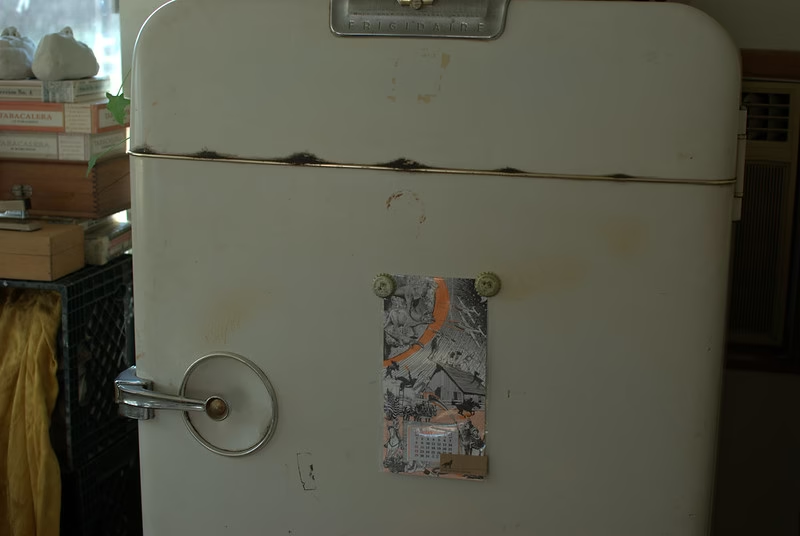
12-Volt RV Fridges: The Good and the Bad
Hey RV fans! If you got a new RV in the last few years, you probably have a 12-volt refrigerator. It keeps your food cold, but is it really the best choice? Let’s break it down into two parts: why I find it worrisome.
Why 12-Volt Fridges Are Cool
Easy to Use
A 12-volt fridge is super easy to use. It has a control panel where you can turn it on and set the temperature for the freezer and fridge parts. It’s kind of like the fridge at home, but smaller and made for RVs. However, a traditional absorption refrigerator had that too.
Cools Down Fast
This fridge cools down really quickly. Usually just a couple of hours. Plus, they can recover from putting that plate of leftovers quickly. Older fridges can take 8 to 12 hours to reach the desired temperature.
Runs on Battery
It uses your RV’s battery to work, so you don’t need propane while driving. That means your food stays cold on the road. But this comes with a caveat you’ll see later.
Simple to Clean
For cleaning, there are no coils on the back to worry about. Just vacuum the dust from underneath and check the door seals with a dollar bill to make sure they’re tight.
Why 12-Volt Fridges Can Be a Hassle
Hard to Fix
These fridges aren’t easy to repair, since the documentation ins’t as complete. A technician can perhaps replace a fan or control board, but much more than that and you’re buying a new refrigerator.
Not Much Info Out There
There aren’t many guides on how to fix them. So, if something breaks, the repair person may need extra time to diagnose the issue. That means you’ll pay more for their time until they learn how to fix it faster.
Drains Your Battery Fast
Even though they cool quickly, they drain your battery extremely fast. If you’re camping off-grid—called boondocking—this can be a big problem because you might run out of power faster than you expect – and you will certainly be wanting a solar system and lithium batteries…which you may already have.
Repair Challenges
If the fridge acts up, you have to pull it out of its spot in the RV. This risks your RV’s floor, cabinets, and is generally just inconvenient. It’s can be tricky to get to the parts without possibly breaking something else. WIth old-school RV fridges, the control boards, and wire harnesses were all easily accessible from the outside. Making repairs generally much easier. There may have been more components, but they were all replaceable. This is not the case with 12 volt.
As a tech, I needed to make several trips just to diagnose a problem. Not because of lack of skill, but that there was no information available, and I was dependnat upon the manufacturer for help. 1 trip for basic measurements, a second for advanced testing on components, and a third trip to replace the main control board. Only to find that this did not resolve the problem. Another trip will be required – this time with a new refrigerator since the problem was isolated to a non-servicable part. You will never hear those words with an Absorption Fridge.
My Choice?
Sadly, we don’t get to make that any more as the industry is moving to 12 volt. Which may be part of my dismay. However, as a technician who knows RV fridges well, I’d pick an absorption refrigerator over a 12-volt. Every time.
Absorption fridges are easy to fix—I can repair parts like the burner or cooling unit instead of tossing the whole thing into a landfill. They’re simple to understand, and not a black box designed as a black box.
Plus, I don’t have to rip apart my kitchen if something breaks, since absorption fridges don’t need to be pulled out much. If a technician struggles with your 12-volt fridge, be kind to them—there’s not much info to help them, so it takes extra time, and the repair can be hard with multiple trips or damage risks. They’re trying their best!
